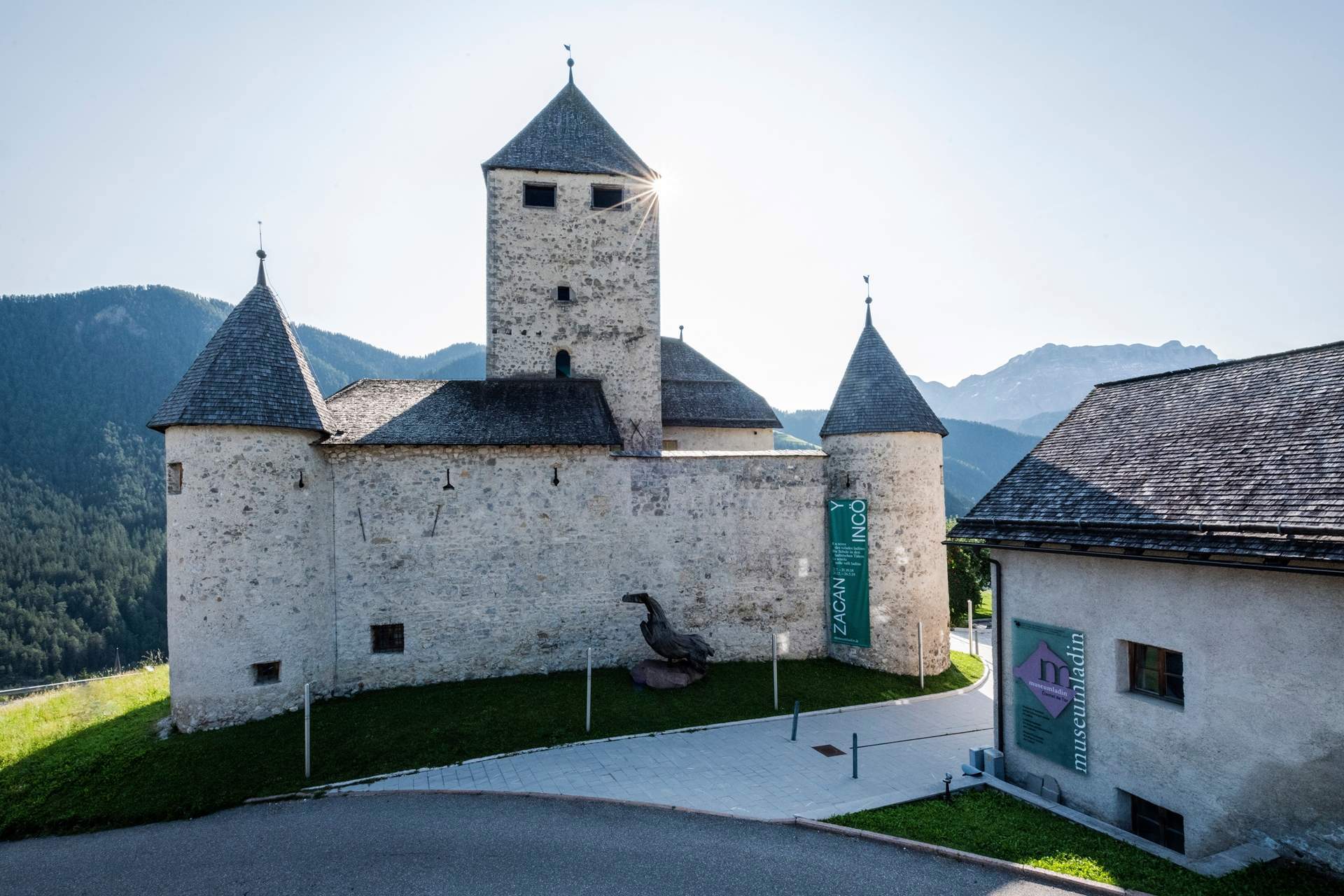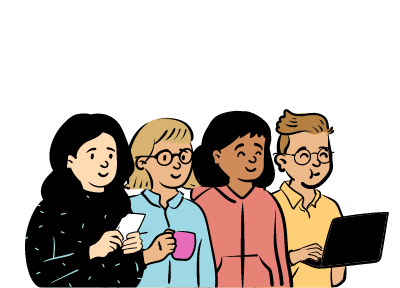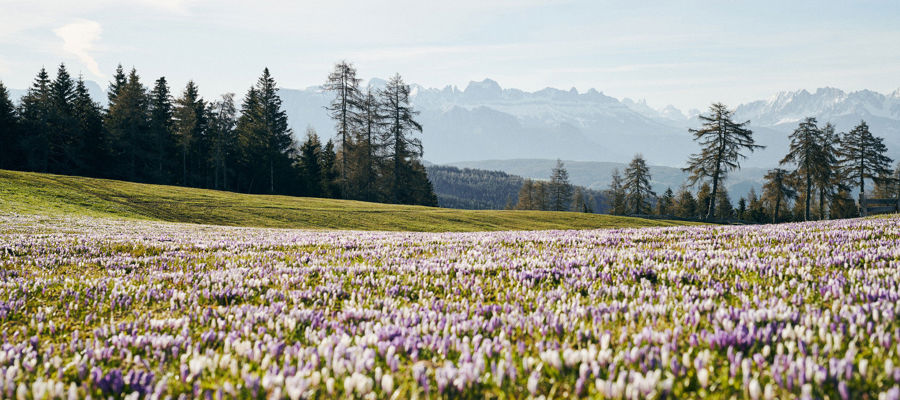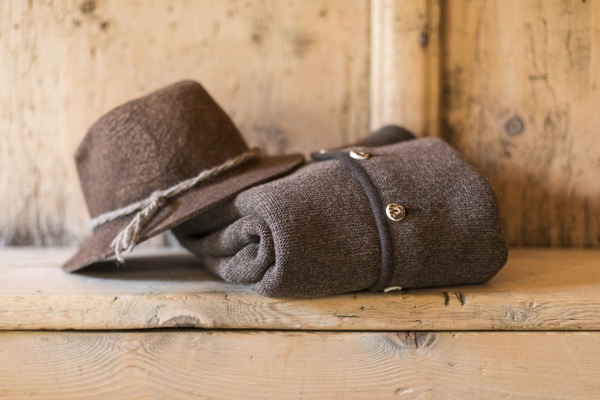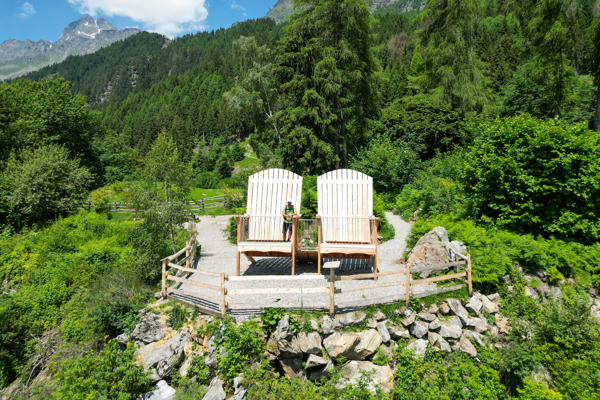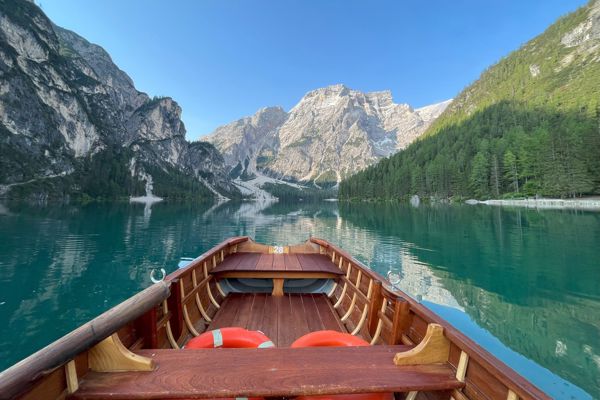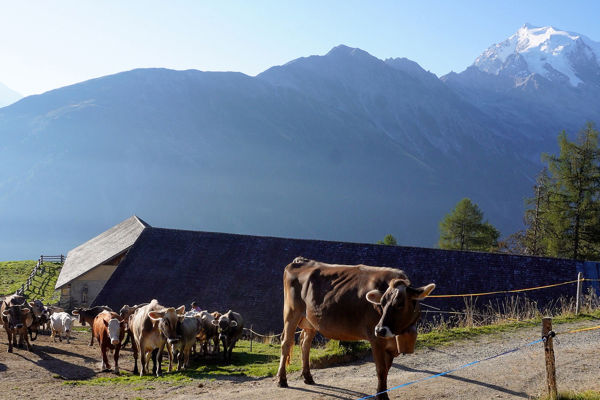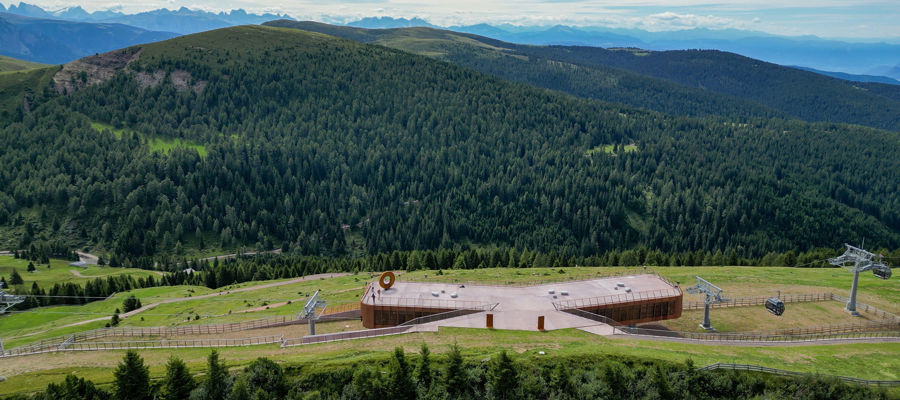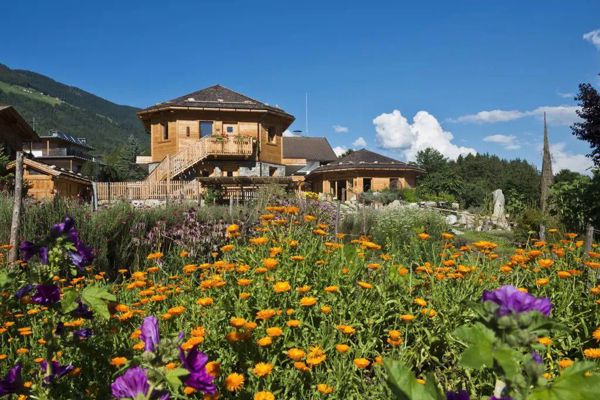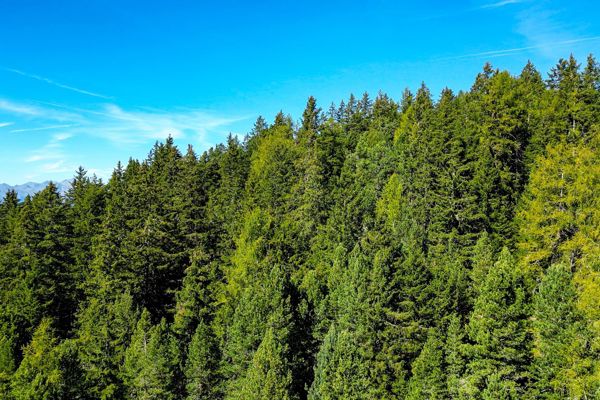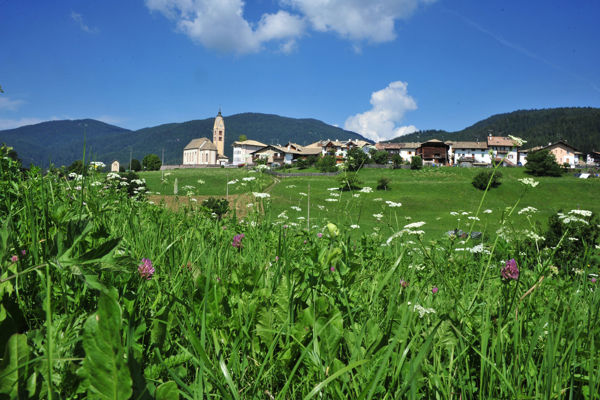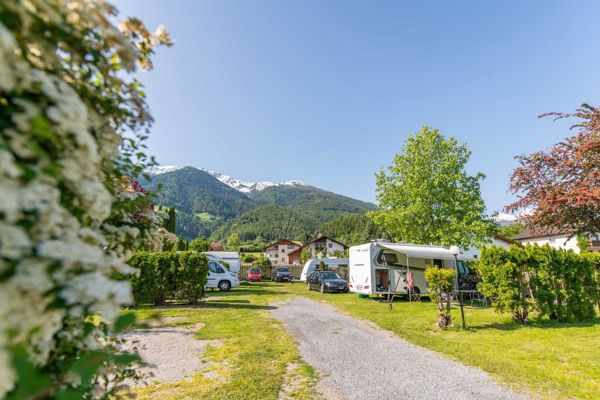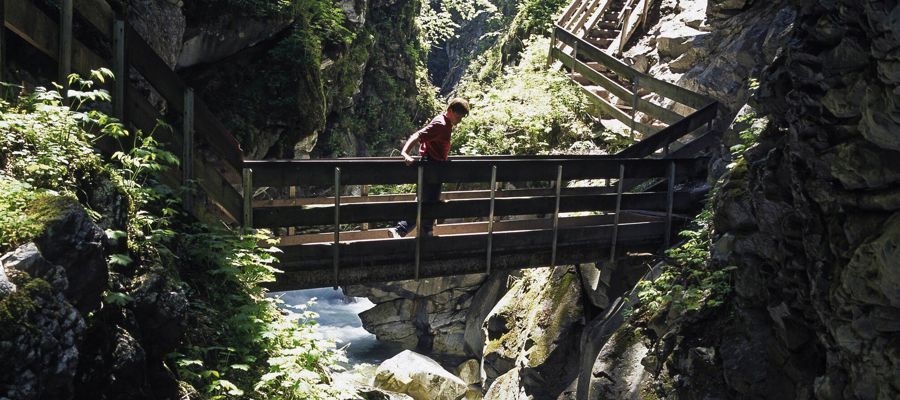Language diversity in South Tyrol
Which languages are spoken in South Tyrol? How do South Tyroleans greet and say goodbye? Where in South Tyrol are there trilingual road signs? And which peculiarities of the South Tyrolean dialect should holidaymakers know? You can find the answers to these questions here.
3 official languages
There are 3 official languages in South Tyrol: German, Italian and Ladin. Around 70% of the South Tyrolean population belong to the German language group, 26% to the Italian language group and 4.5% to the Ladin language group. In the two largest South Tyrolean cities, Bozen and Meran, as well as in some areas in the south of South Tyrol, the majority are Italian-speaking. Ladin is mainly spoken in Gadertal (Alta Badia) and in Gröden Valley. The place name signs there are also trilingual, whereas in the rest of South Tyrol they are bilingual.
Why are the majority of South Tyroleans German-speaking? This can be explained by the history of South Tyrol. As part of Tyrol, South Tyrol belonged almost continuously to the Habsburg Monarchy for more than 550 years. It was not until the peace treaty of St Germain in 1919 that South Tyrol and Trentino became part of Italy.
Ladin - an ancient language
Ladin goes back to the Latin spoken in the Alpine region. Ladin is mainly spoken in 5 Dolomite valleys around the Sella massif: in Gadertal and Gröden in South Tyrol, in Val di Fassa in Trentino and in Buchenstein and Ampezzo in Belluno (Veneto region). Whether Dolomite Ladin or Sella Ladin forms a linguistic unit together with Friulian and Rhaeto-Romanic (Grisons Romansh) is disputed.
There are also linguistic differences within the Ladin spoken in the 5 valleys. While a Gadertal native from Wengen (Lad. La Val) uses "Bun de" for "Good Moorning", a Gadertal native from Wolkenstein (Lad. Sëlva) says "Bon di". You can find out more about the history and life in the 5 Dolomite valleys characterised by the Ladin language and culture at the Museum Ladin Ćiastel de Tor in St. Martin in Thurn.
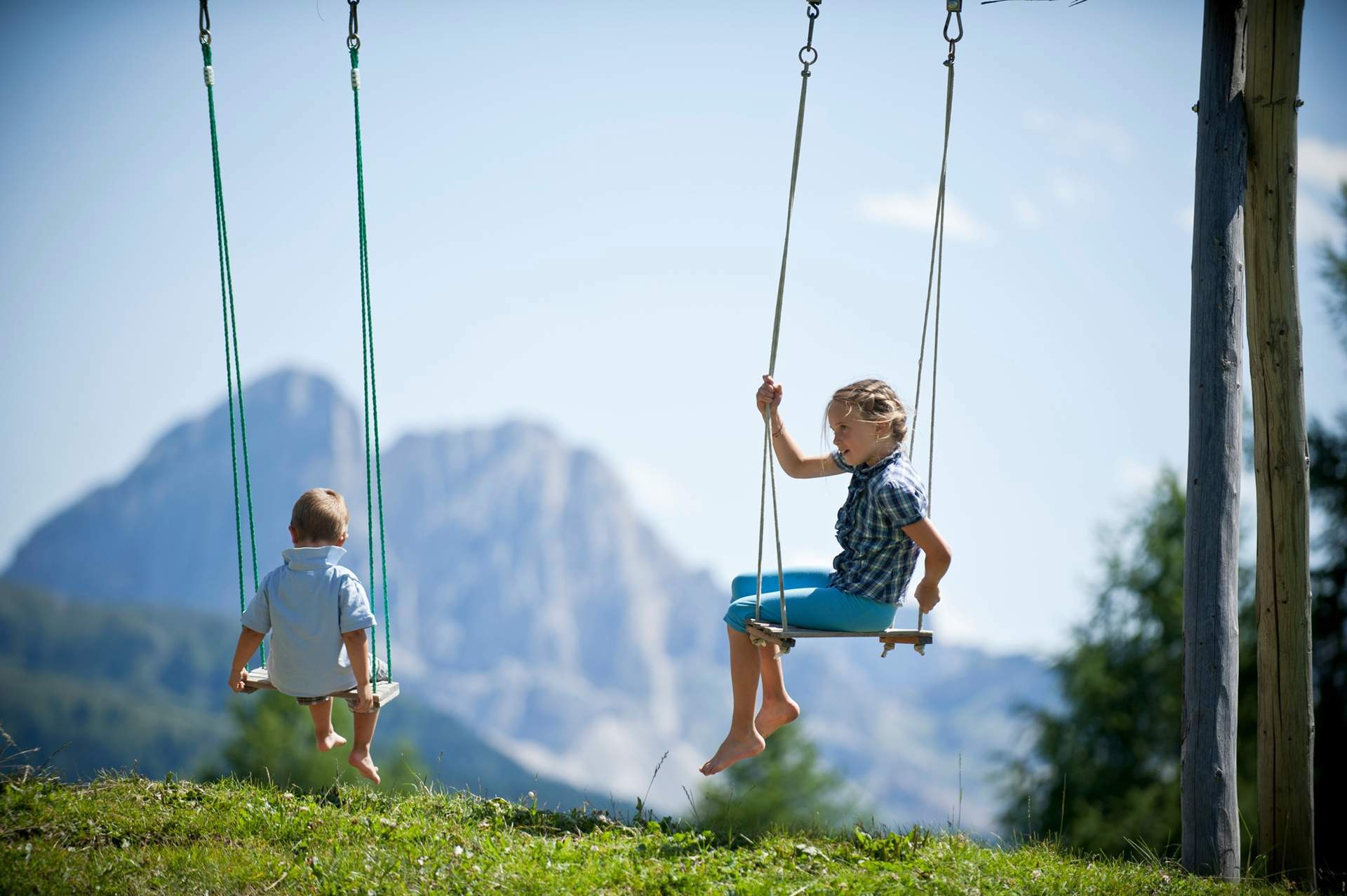
Depending on the region, a girl is called a "Gitsche" or "Madl" in the South Tyrolean dialect.
IDM Südtirol - Alto Adige | Alex FilzSpecial features of the German language in South Tyrol
The local standard German language is mainly used in South Tyrol in written form. Two terms that (to our knowledge) are only used orally and in writing in everyday life in South Tyrol are "Hydrauliker" as a term for a plumber/installer and "Kondominium" as a term for a block of flats (condominio in Italian). On the other hand, dialect is mostly spoken, except at school, in the media and sometimes also in communication with tourists.
There is no standardised "South Tyrolean" or THE South Tyrolean dialect, as the dialect has around 40 different forms depending on the valley or area - from Puschtrarisch to Vinschgerisch to Unterlandlerisch. For example, a girl is called "Gitsche" in the Puschtra (Pustertal) dialect, but "Madl" in Meran. And then there are also the variants "Gitsch" and "Madele".
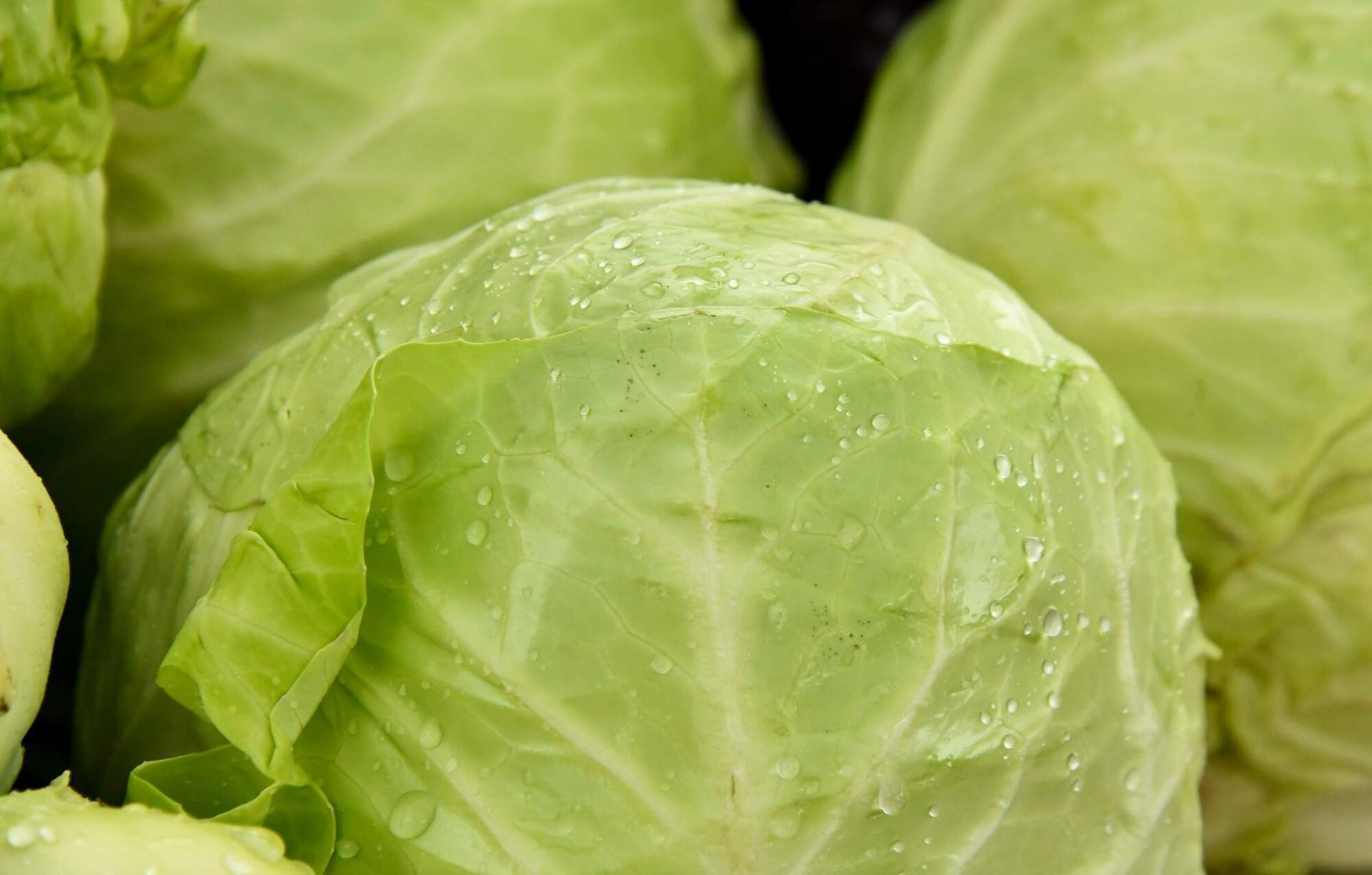
‘Cavolo’ is the Italian word for cabbage and is used in South Tyrol, as in the rest of Italy, as an exclamation of surprise or annoyance.
https://unsplash.com/In everyday conversations between German-speaking South Tyroleans, however, an Italian influence can be heard throughout South Tyrol: Italian words such as "magari" (maybe) or "patent" (driving licence) are used as a matter of course.
Exclamations of surprise and annoyance such as "Oschtia!" or "Madoia!" have their roots in Italian and people also like to swear with Italian swear words such as "Cavolo" or "Che palle" - perhaps because it sounds more impressive? In South Tyrol, you don't go for a walk, you "macht einen Dschiro" and you're not fed up, you are "stuff". And there are many more such examples.
How do you greet people in South Tyrol?
In Italy and Germany, a distinction is made between the informal form tu/du and the formal form lei/Sie when addressing people you do not know or when you want to show greater respect. One thing is certain: in the mountains, above 1,500 metres, everyone greets each other informally with a simple Ciao/Hoi/Hallo!
However, it is not always easy to keep track of the different ways of greeting people. The "Griaß di" or "Griaß enk" (Greetings) is very common. South Tyroleans and South Tyroleans who know each other well greet each other with "Hoila" or "Hoi". The neutral "Hallo" is now also frequently heard. For a more formal greeting, people say "Guten Morgen" before 12 noon, "Mahlzeit" around lunchtime, then "Guten Nachmittag" and even later "Guten Abend". "Guten Tag" and "Grüß Gott" are rarely used. The typical Tyrolean "Pfiat di" or "Pfiat enk" is used to say goodbye and increasingly often "Tschüss". The classic "Auf Wiedersehen" is more formal.
"Ciao" is an informal way of greeting and saying goodbye, especially, but not only, to South Tyroleans with Italian as their mother tongue. "Buongiorno" and "Buonasera" are more formal. Buonasera" is usually used from around 5 p.m., but some people use it in the early afternoon. To say goodbye, there is an "Arrividerci" or "Buona giornata" or "Buona serata" is used to wish you a nice day or a nice evening.
Culinary terms for a holiday in South Tyrol
Most South Tyroleans endeavour to speak German/English with foreigners. Nevertheless, it can be helpful to know a few South Tyrolean expressions, at least in the culinary field. Here is a small selection:
- Breatl = round loaf of bread made from sourdough, with more rye flour than wheat flour and flavoured with coriander, fennel and bread clover
- Goggile/Goggele = egg
- Keschtn = chestnuts
- Kono = waffle cone (from Italian cono)
- Pfiffra = chanterelles
- Schlutzer/Schlutza = Schlutzkrapfen (dumplings filled with spinach and curd cheese)
- Schwoarzba/Schwarzber = blueberry
For all those who are particularly interested in food and drink in South Tyrol and don't want to be surprised when ordering, here is an overview of typical South Tyrolean dishes.




